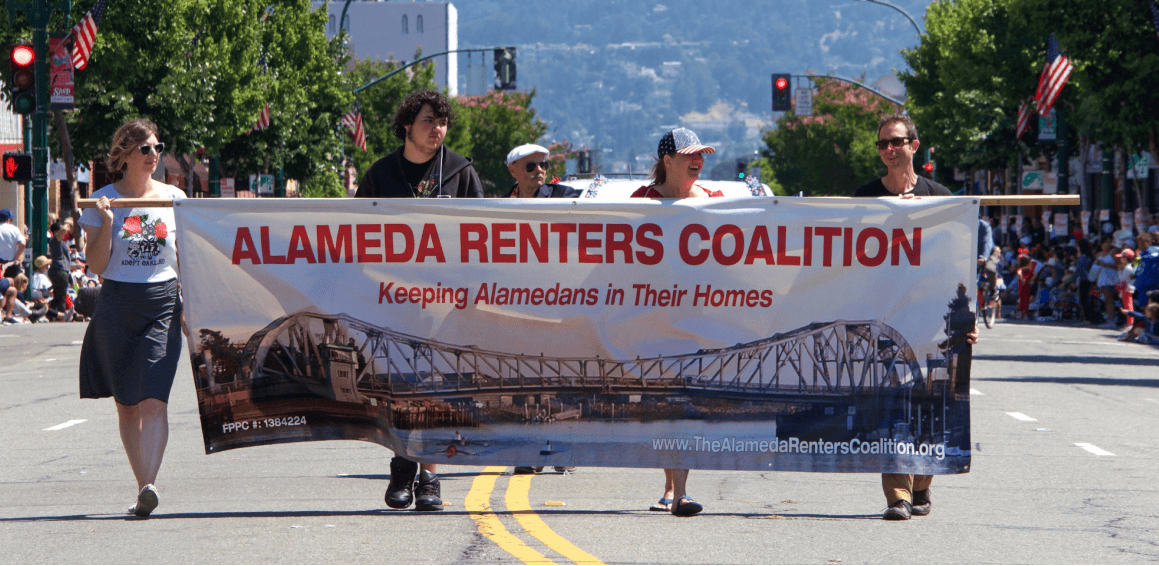A Property Manager’s View on Rent Collections Thus Far

How would you describe April rent collections across your communities?
Williams: We were pleased to see that rent collections exceeded expectations for April when there was so much uncertainty throughout the industry about it. Our portfolio-wide collections ended the month at 94 percent and only 1.8 percent of our residents went on some form of a payment plan. We were pleased to end up with approximately 4 percent overall delinquency in the midst of a crisis, which gives us a cautiously optimistic view about the coming months.
How are May rent collections faring compared to April?
Williams: Through May 10, we have already collected 88 percent of the rent across our portfolio. That underscores how many of our residents who are employed have been able to keep their jobs thus far and work remotely. For those who have lost their jobs, the unemployment and stimulus checks have started coming in. Stores are beginning to reopen. We might see more payment plans this month and are still working with residents individually.
Another positive indicator is that we increased leases by 11 percent week-over-week and are at the exact number of leases that we had the last week of February. Leasing activity is trending up, as people are still moving.
What are your expectations for June?
Williams: I am not necessarily bearish about June because places will reopen and more people will be back working. If the broader reopening plans are delayed, that would change things. But our leasing momentum, traffic and tours are all increasing. These are people who are employed and able to pay rent.
What solutions have you offered residents who couldn’t pay their rents in April and/or May?
Williams: We are taking a flexible and compassionate approach regarding payment plans for residents who cannot pay rent. We called every resident who had not paid rent and asked how we can help. We started out with a more structured approach, allowing residents who paid half of April’s rent to spread the rest over the next three months. As the month went on, we worked with our ownership groups to identify different solutions and got more creative. The needs of residents varied and we adjusted with those varying needs based on what our residents could pay.
 What is your opinion on the one-time stimulus check payment for individuals and married couples?
What is your opinion on the one-time stimulus check payment for individuals and married couples?
Williams: Everything helps, but this is not a long-term solution. As the crisis continues, more relief will definitely be needed. This is certainly not over, so you can’t say any individual relief measure is going to solve the problem.
What were the first things you communicated to your residents when the first cases of COVID-19 were announced in the metros you operate in?
Williams: This was obviously a time when residents were understandably concerned and anxious, and needed guidance on how to best protect themselves and others around them. Our managers updated them daily via email and responded immediately to questions, concerns and issues sent through secure resident online portals and community social media pages. We explained in great detail the measures that were being taken to keep the communities clean. We also directed them to helpful resources, including the Centers for Disease Control website, the World Health Organization and the specific pages where residents can find recommended steps to prevent contracting and spreading the virus.
Ultimately, our residents wanted to be assured that we are making their health and well-being our top priority and that we are all in this together. We continue to be in constant communication with our residents as the situation evolves.
What role does technology play in managing your multifamily assets during these challenging times?
Williams: Technology has been especially critical on the leasing side to keep activity and new leases going during the crisis. Our guidance to our teams on the ground for leasing has been to leverage virtual tours that have been created and conduct FaceTime tours while also implementing recommended social distancing tactics. They have been doing this effectively, as evidenced by the recent increases in overall leasing activity in our portfolio.
On the operations side, email continues to be utilized as the primary form of communication to keep residents updated. We have existing online portals to process rent payments and maintenance requests—although we are temporarily only completing emergency work orders and FaceTime nonemergency work orders in an abundance of caution.
What lessons has this health crisis taught you so far?
Williams: We are still in the midst of a crisis that continues to evolve, so there has not been an opportunity to reflect much on long-term takeaways. As the crisis diminishes, we will learn more and have a better sense of the key lessons. One thing is certain: The multifamily industry, along with many others, will have a new way of doing business after we overcome this challenge.
With unemployment claims hitting historic numbers, how do you expect rent payments to perform by year-end?
Williams: I am cautiously optimistic for the rest of the year based on what we have seen thus far. The low number of residents on payment plans within our portfolio bodes well for the balance of the year. If that number was higher, I would be more worried. For the broader multifamily industry, there is no doubt that unemployment is the biggest threat. Employment drives the industry.
Source: multihousingnews.com















 Accessibility
Accessibility